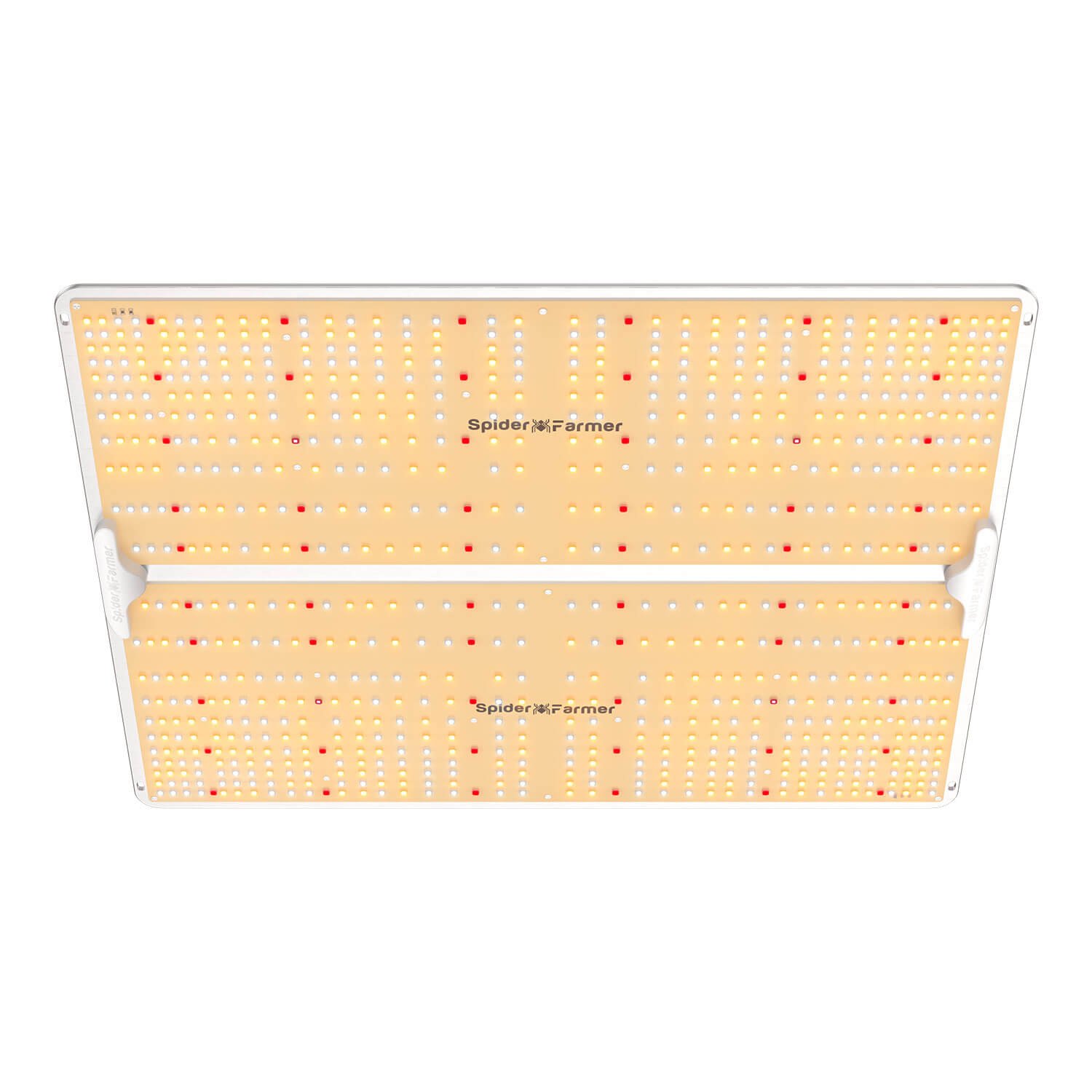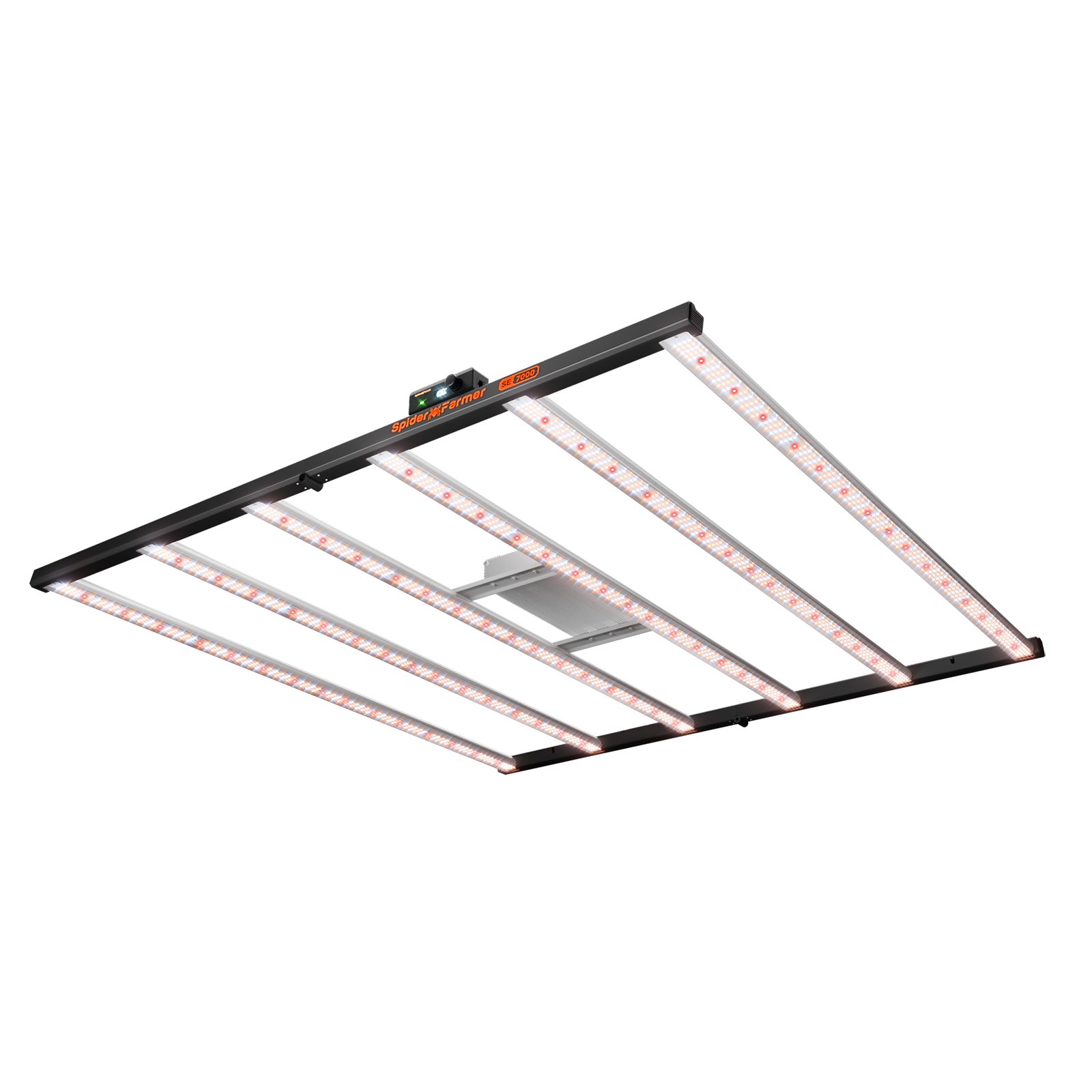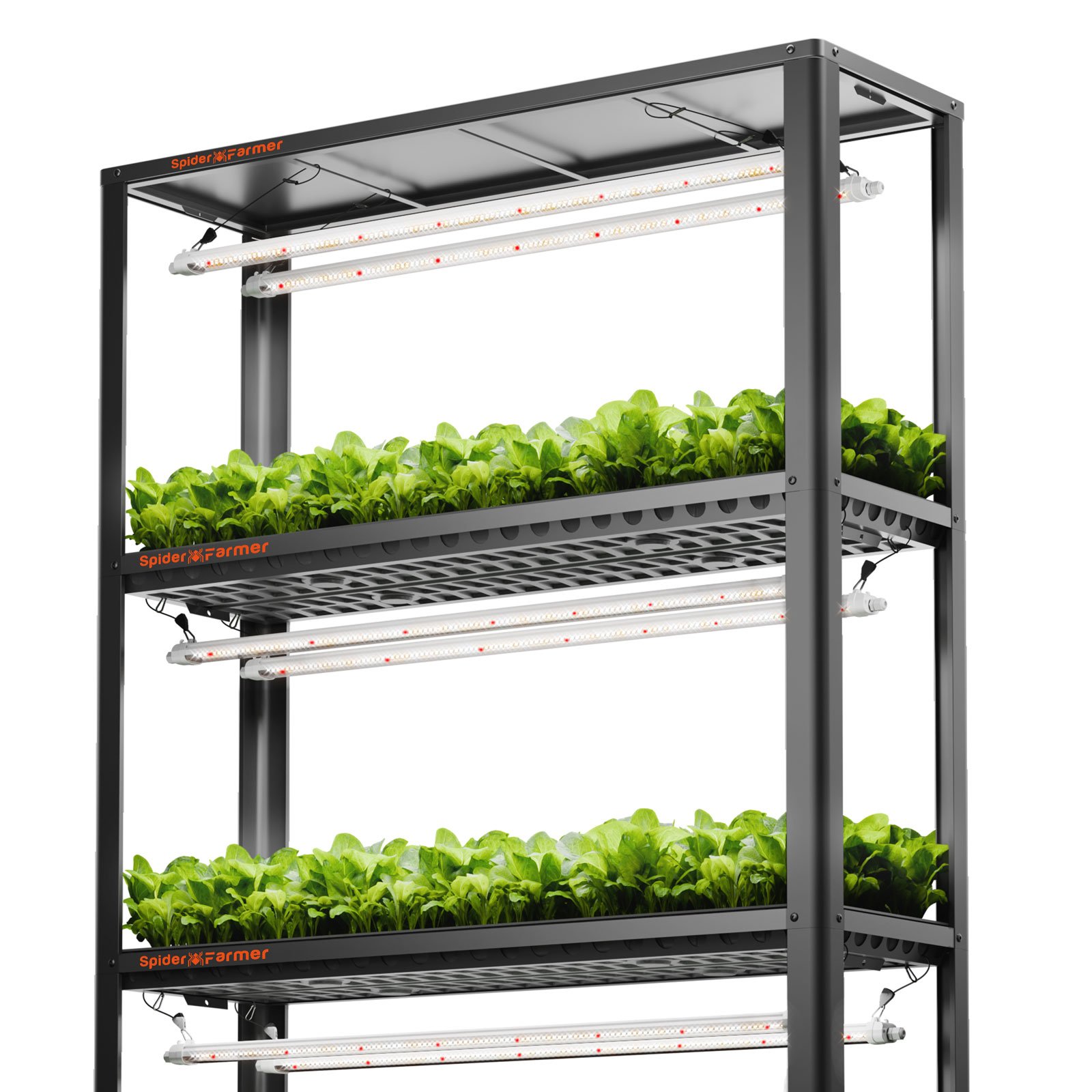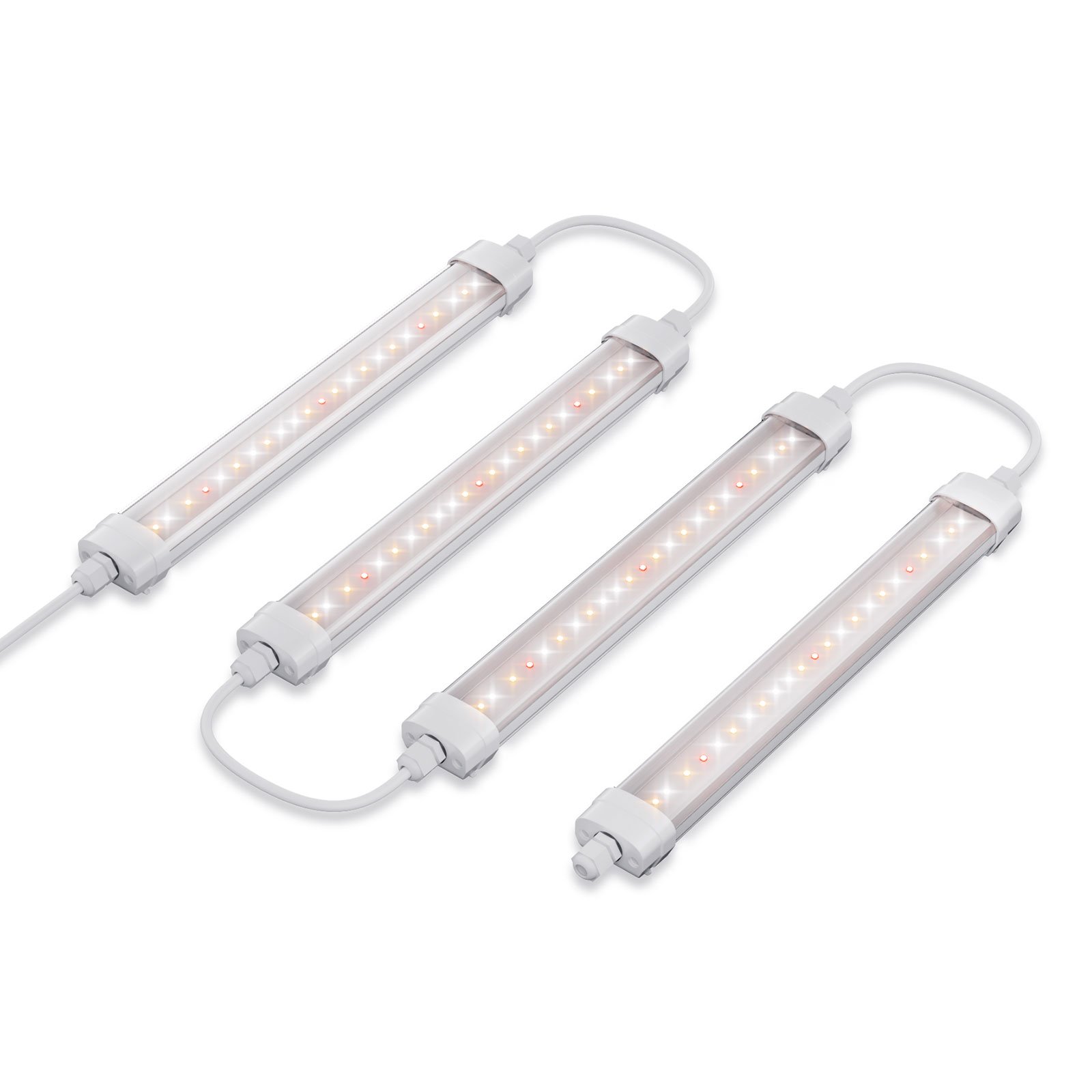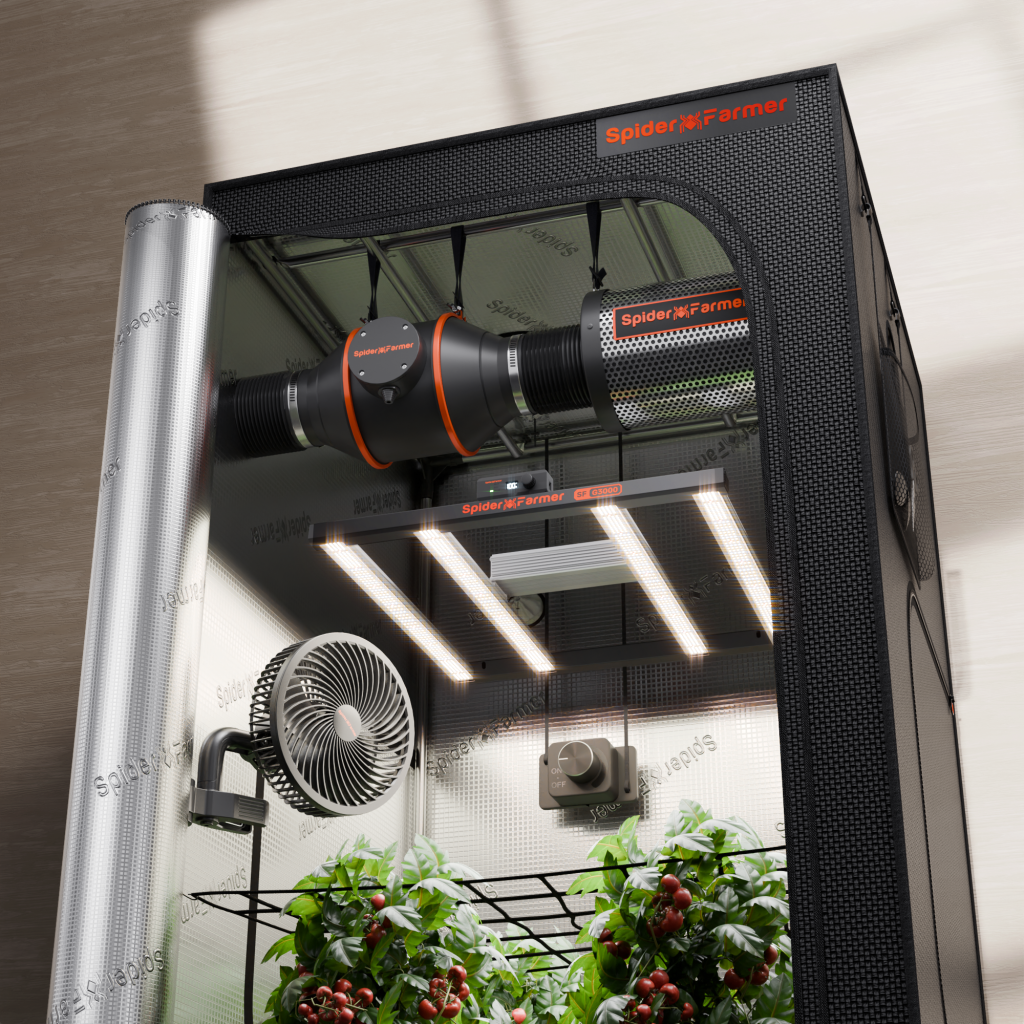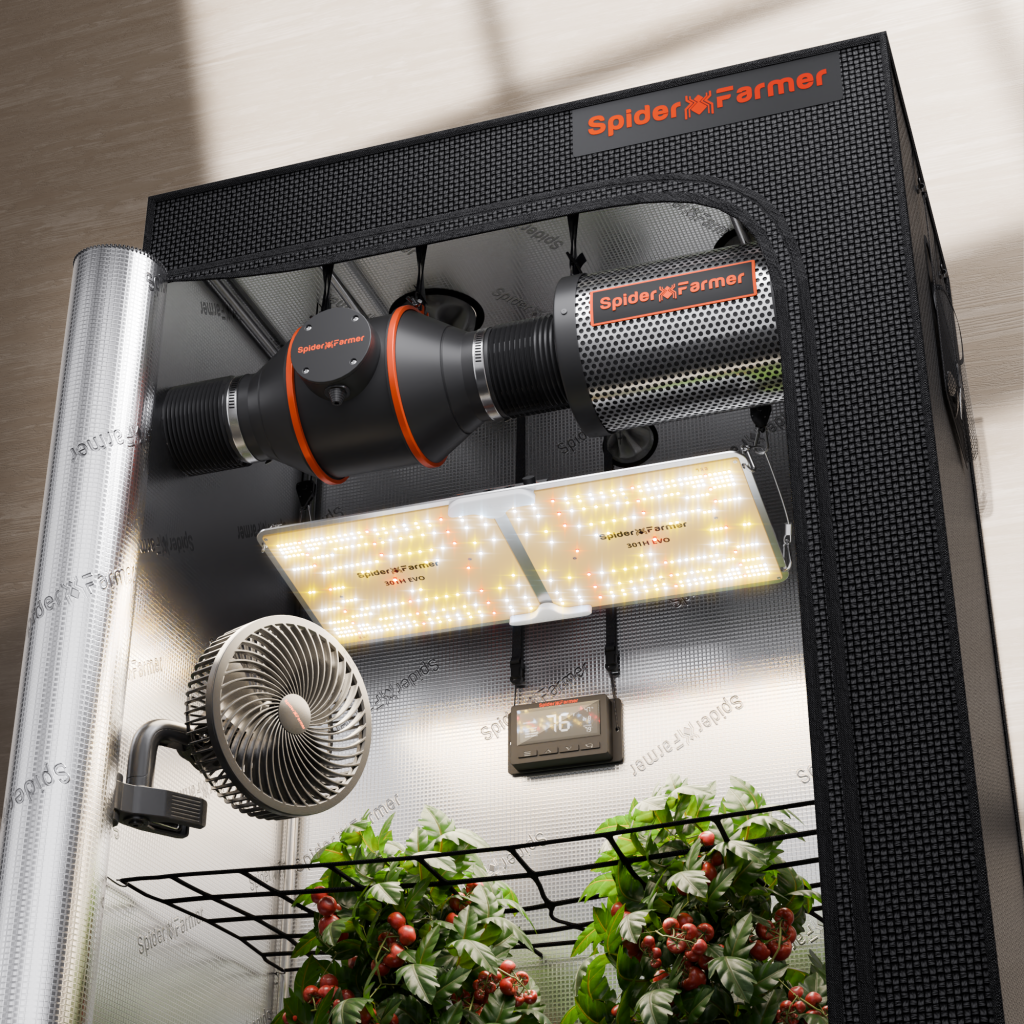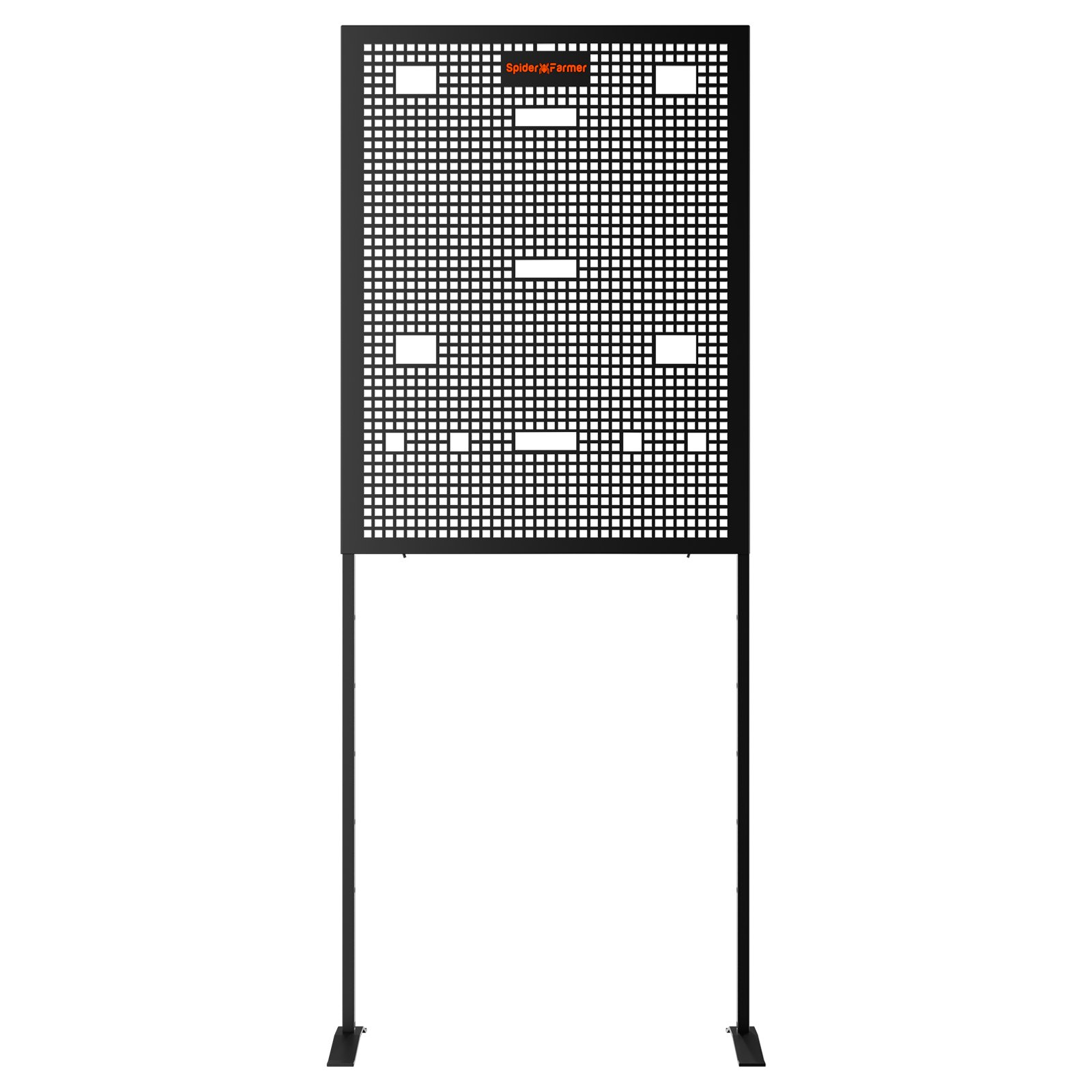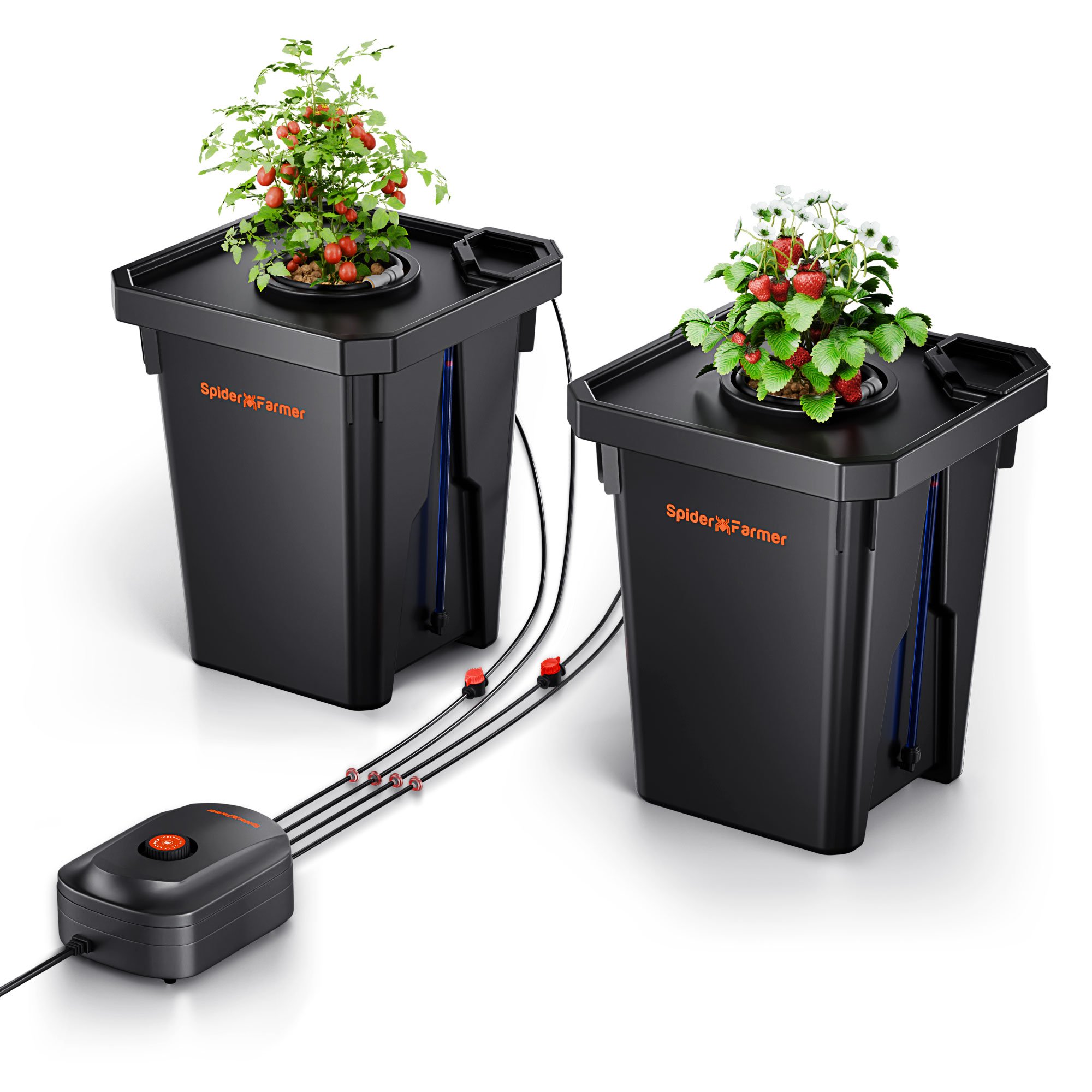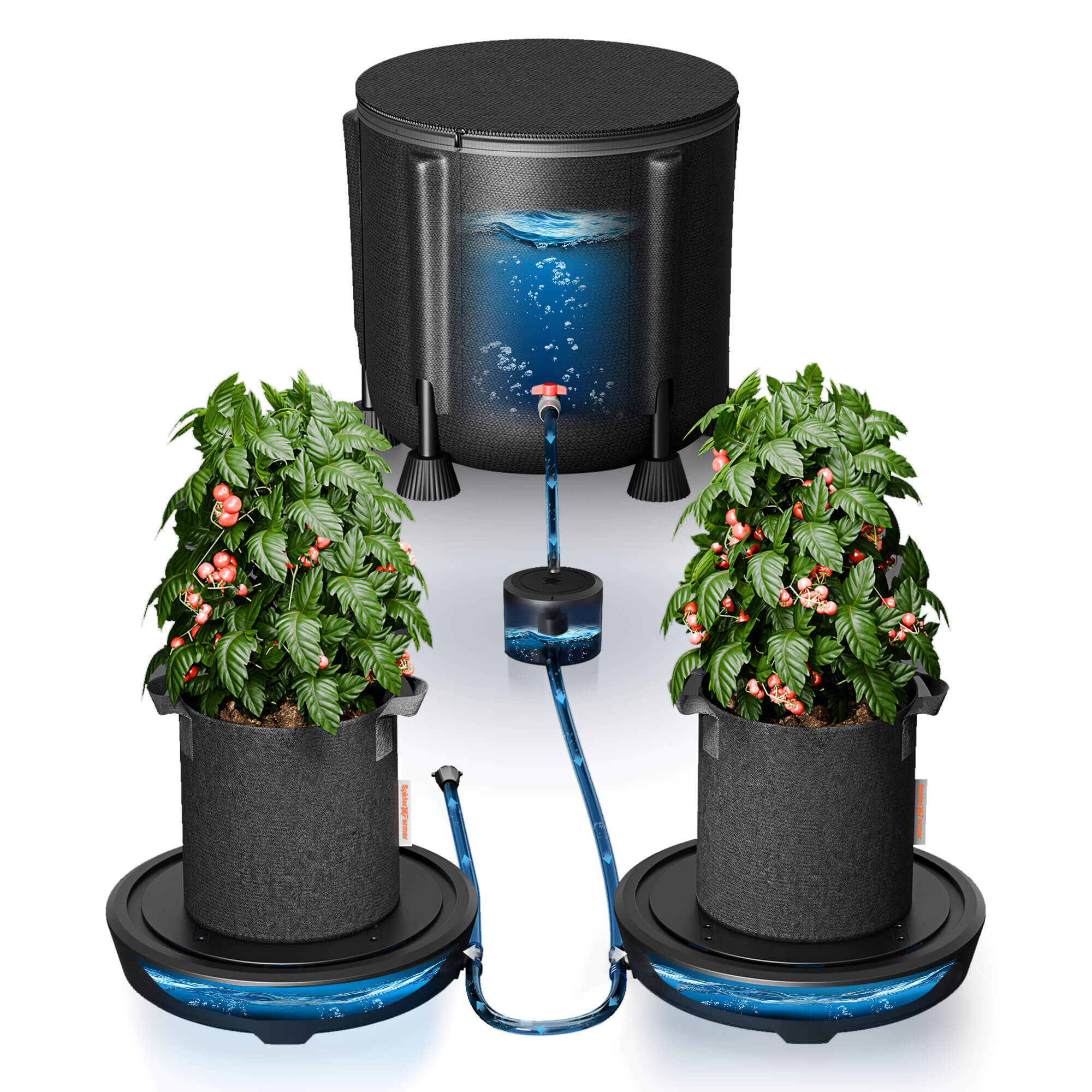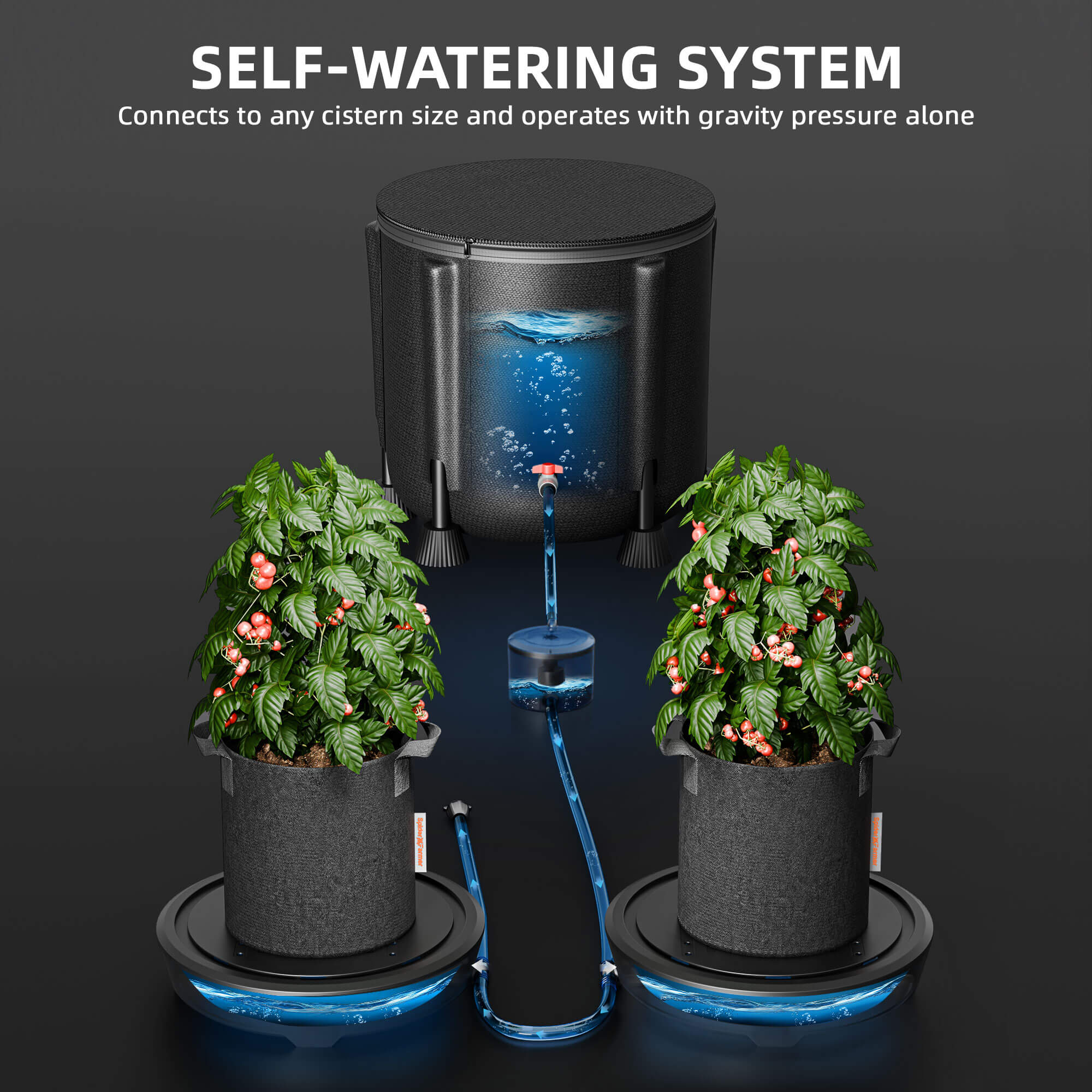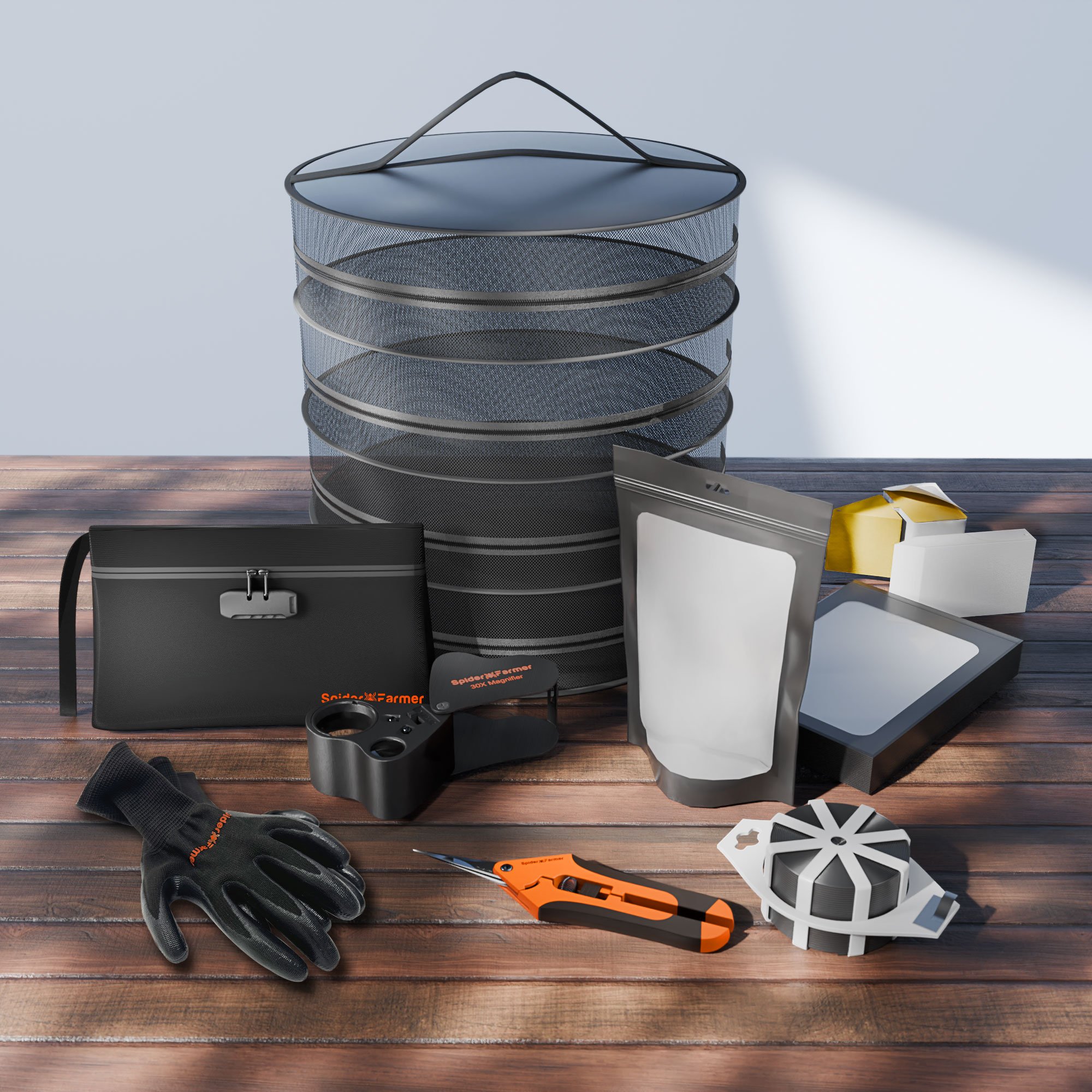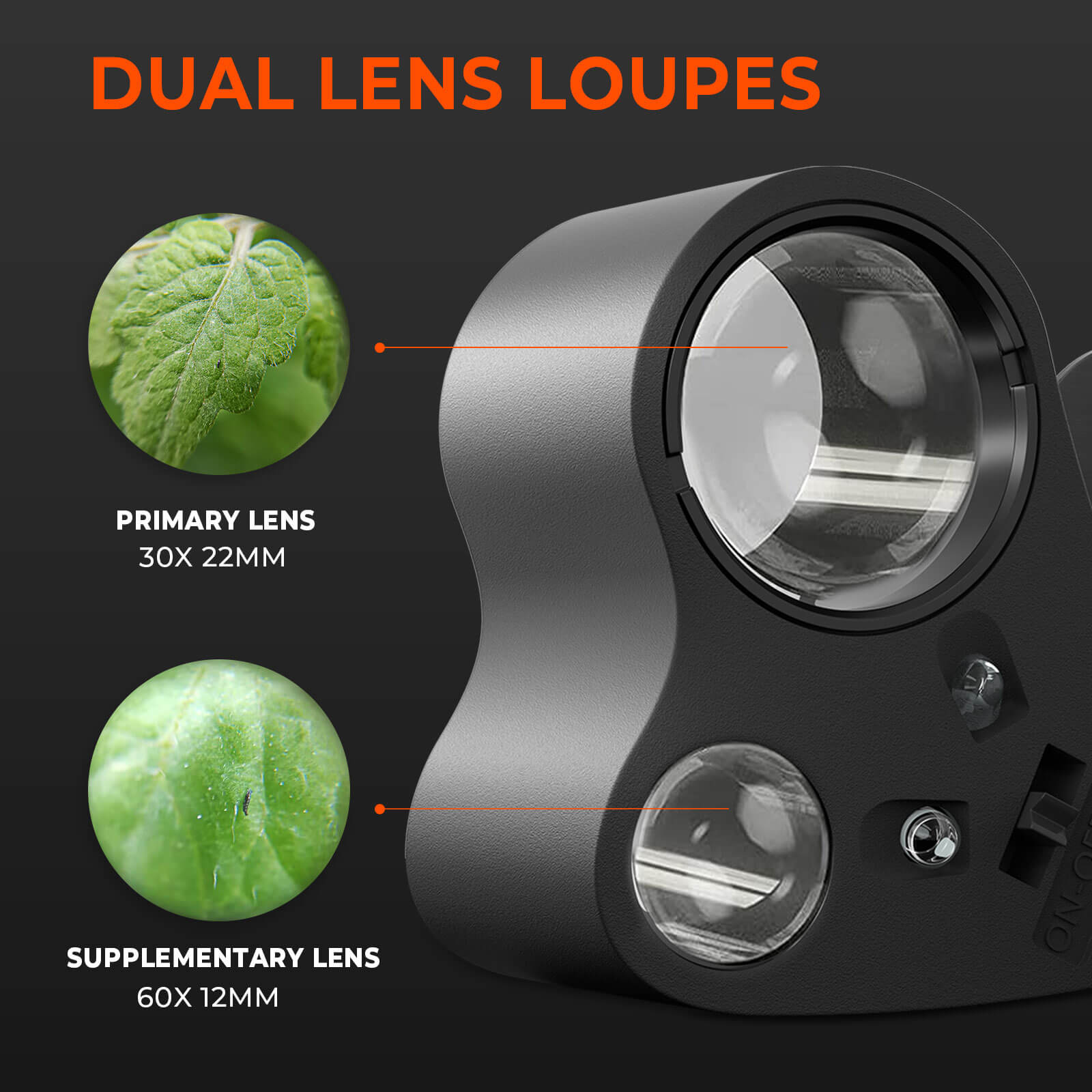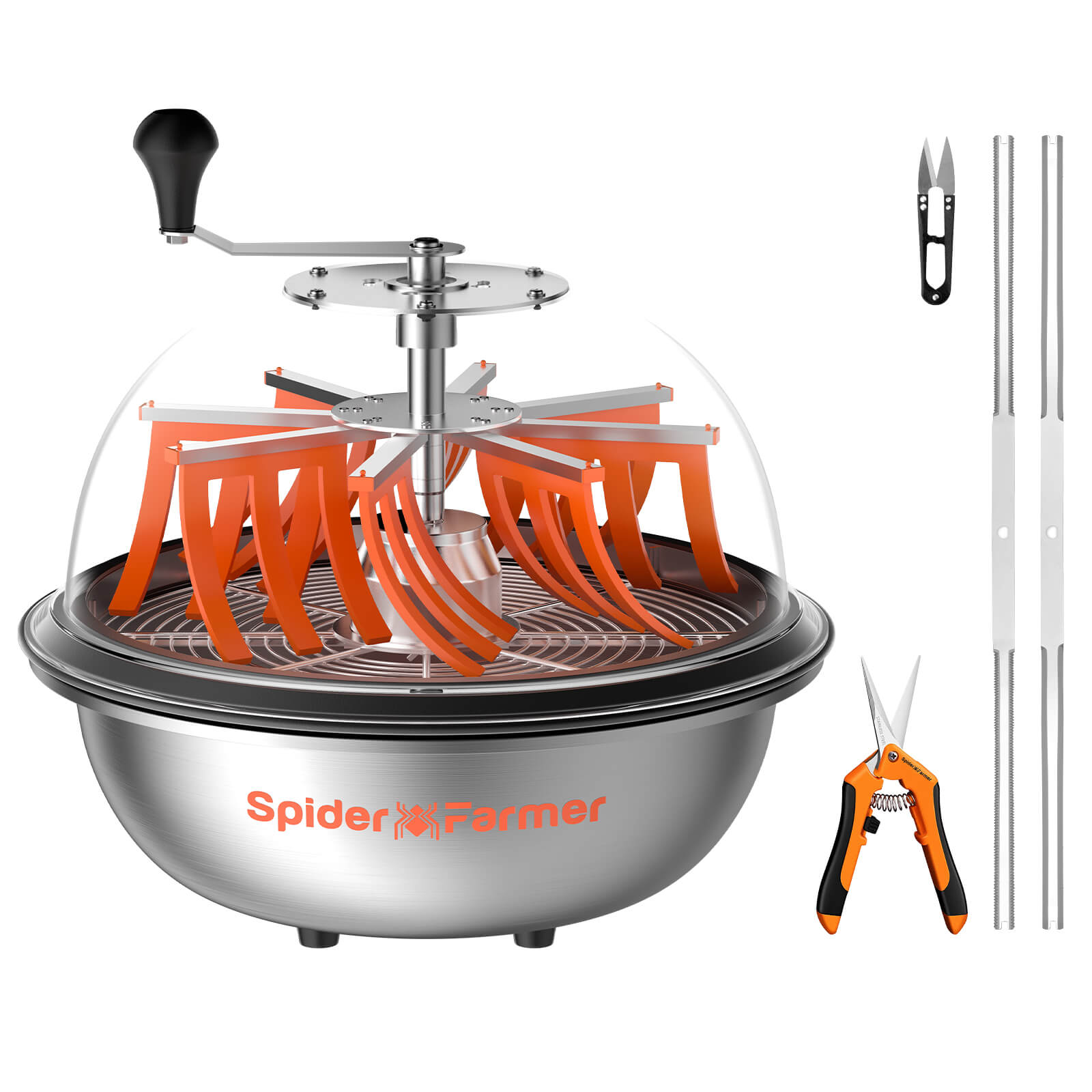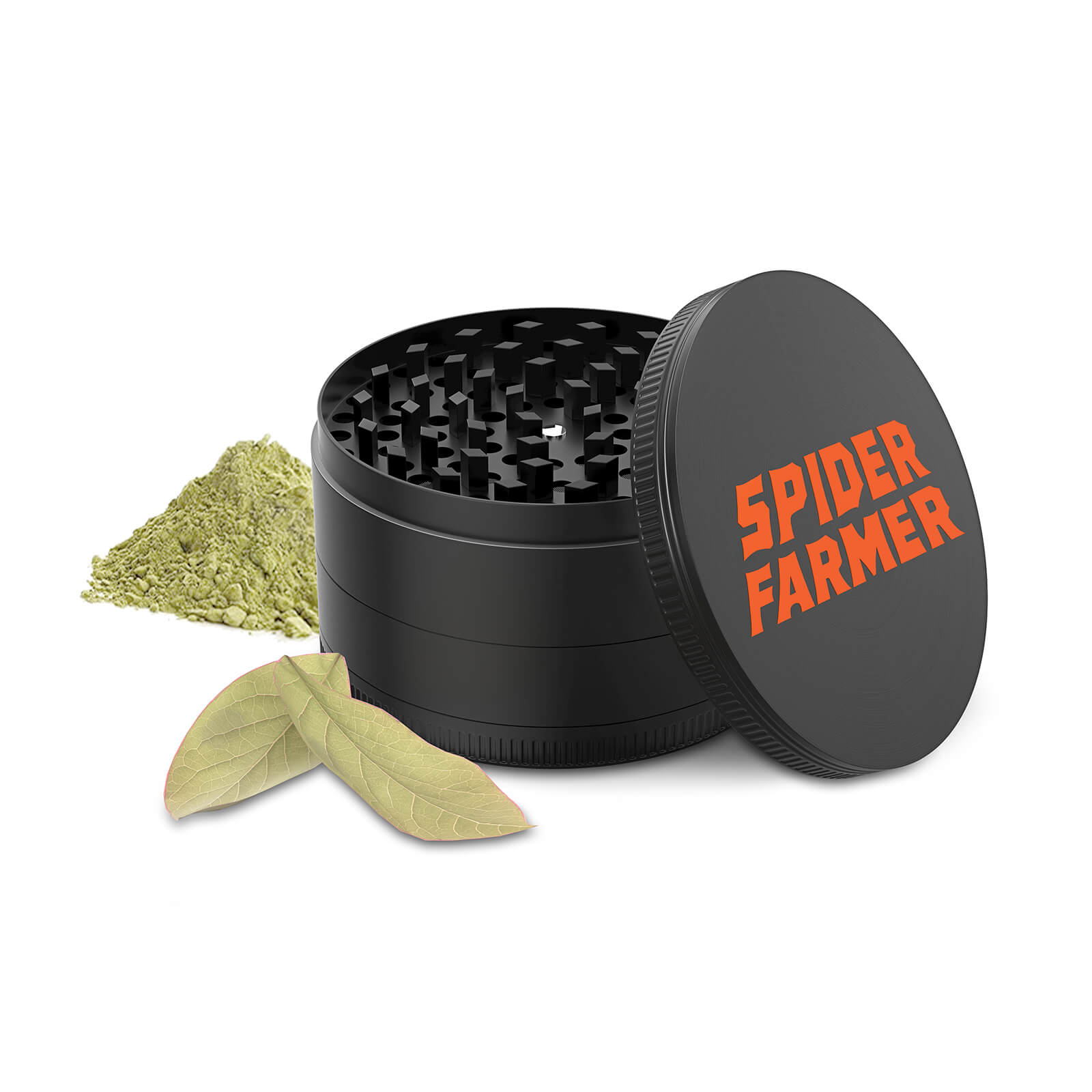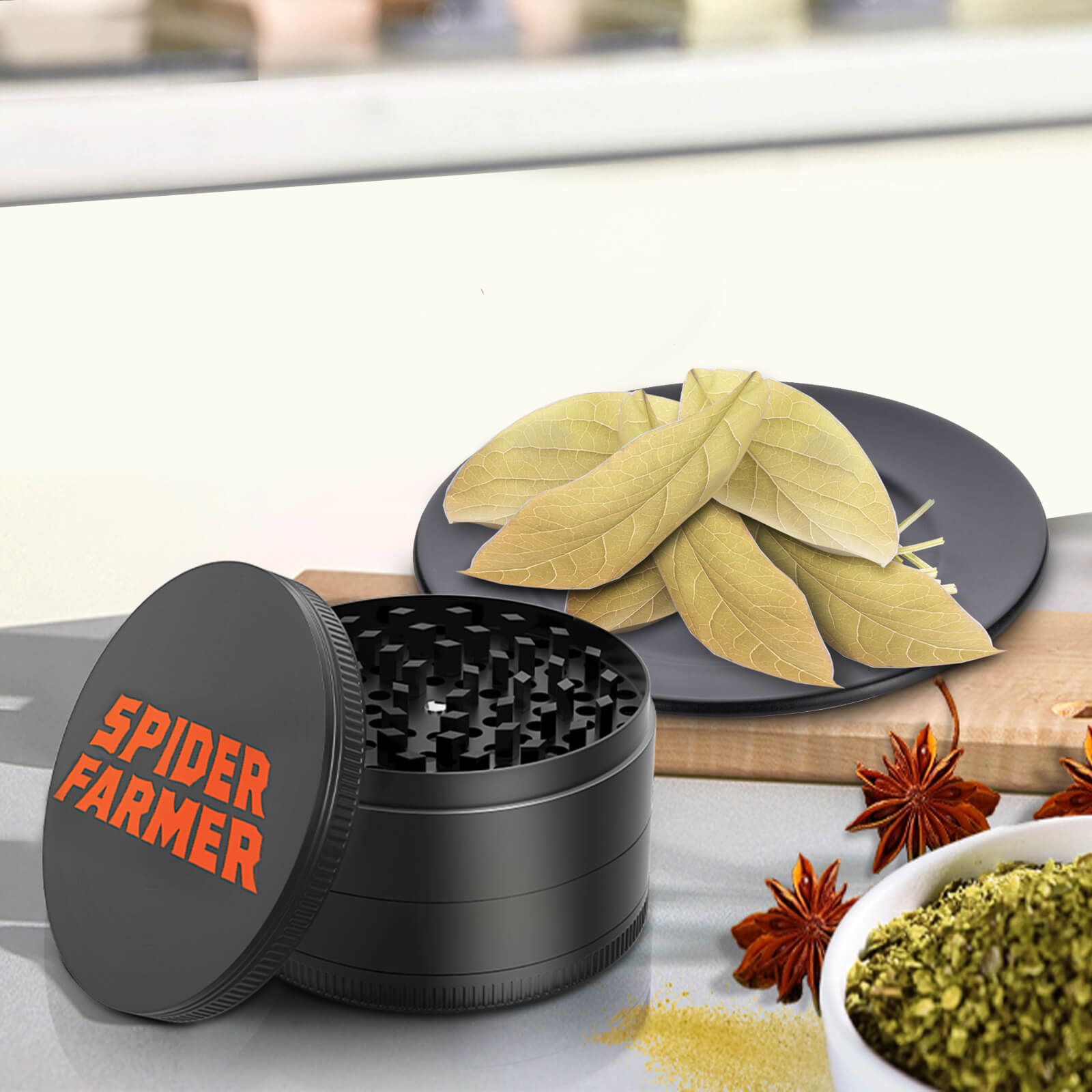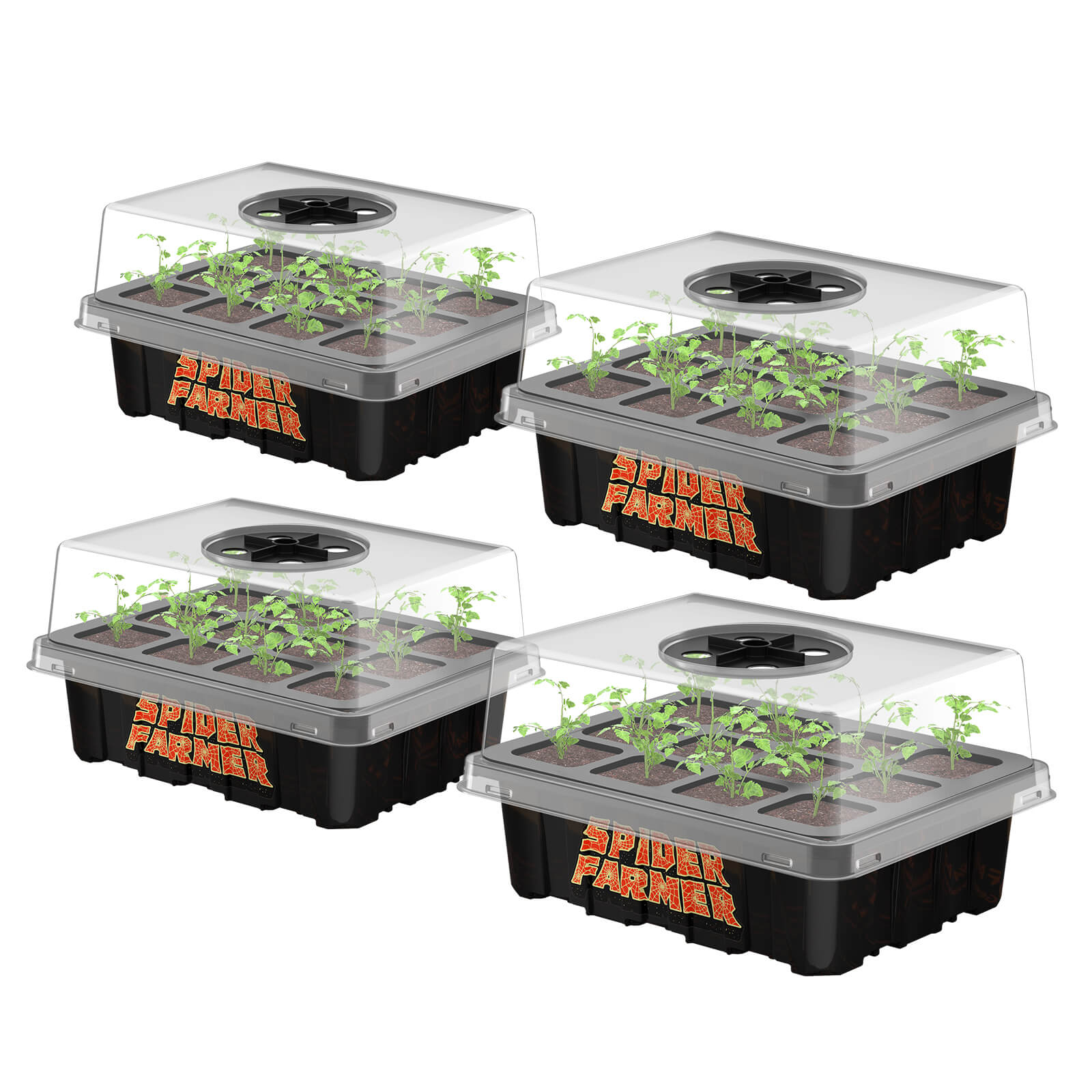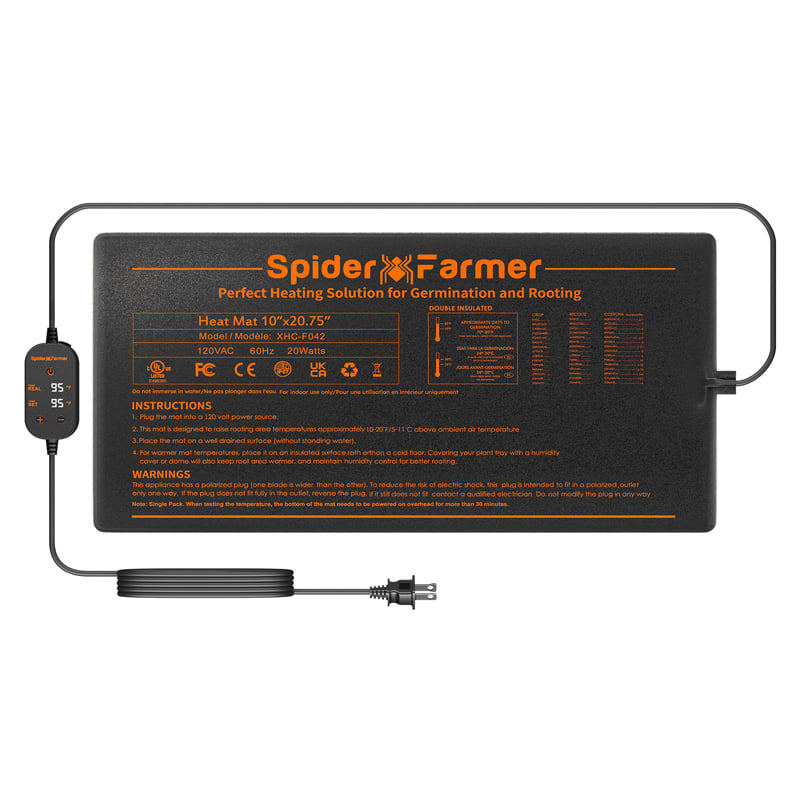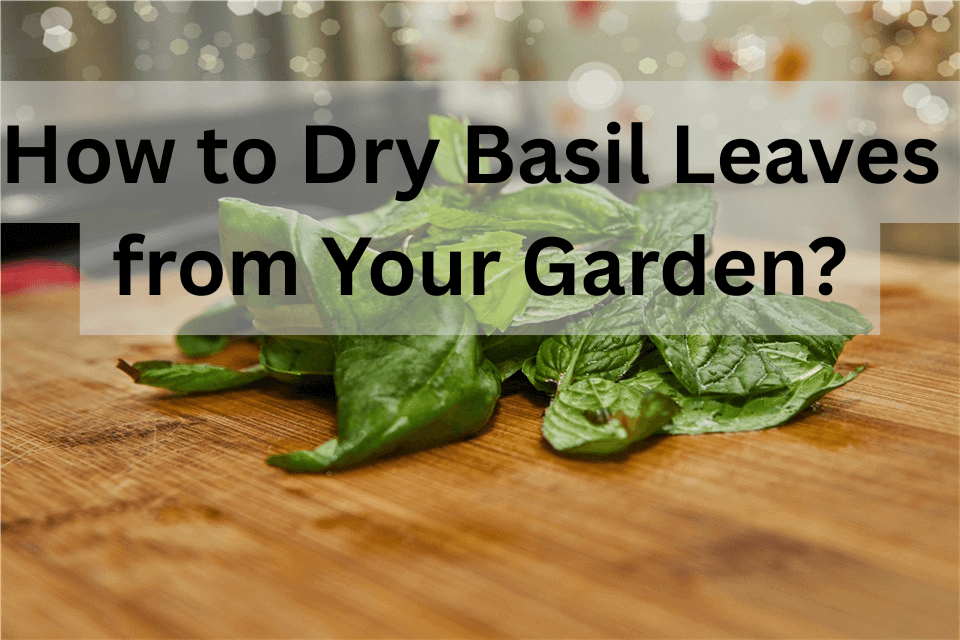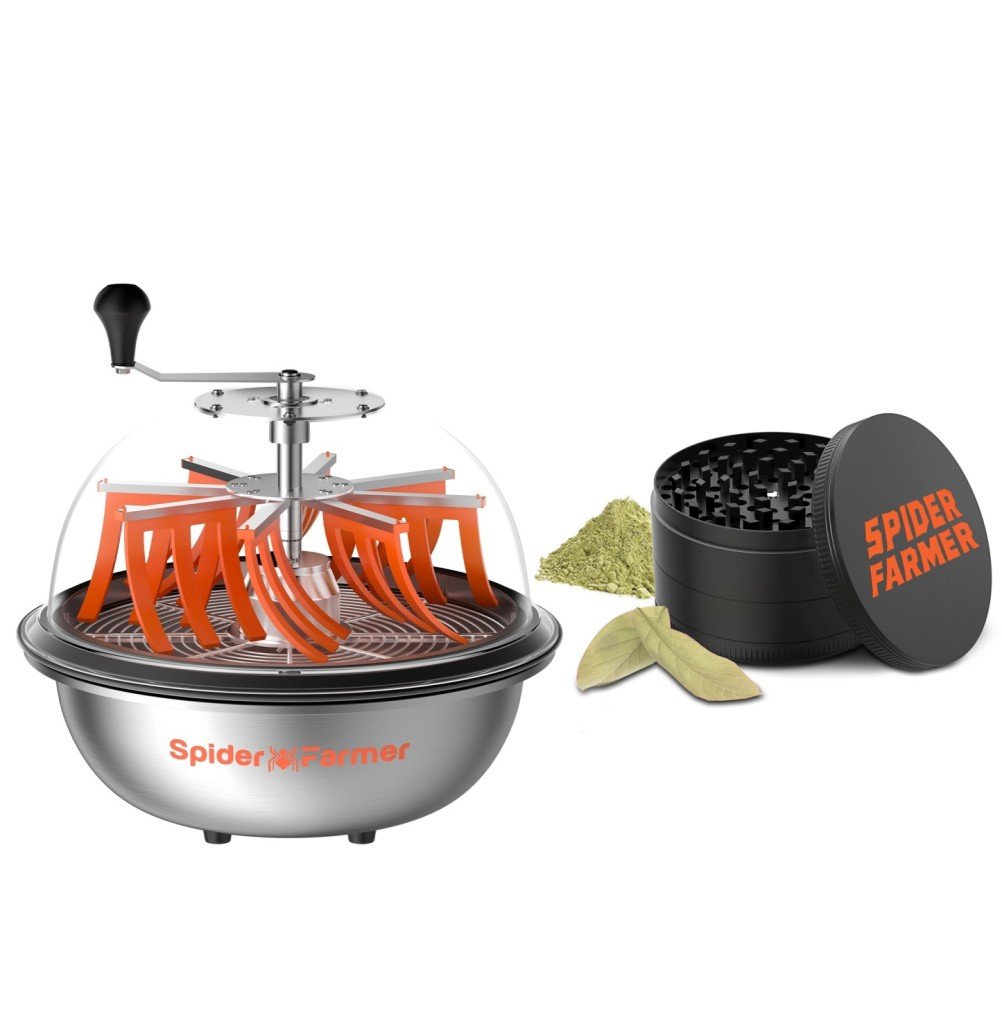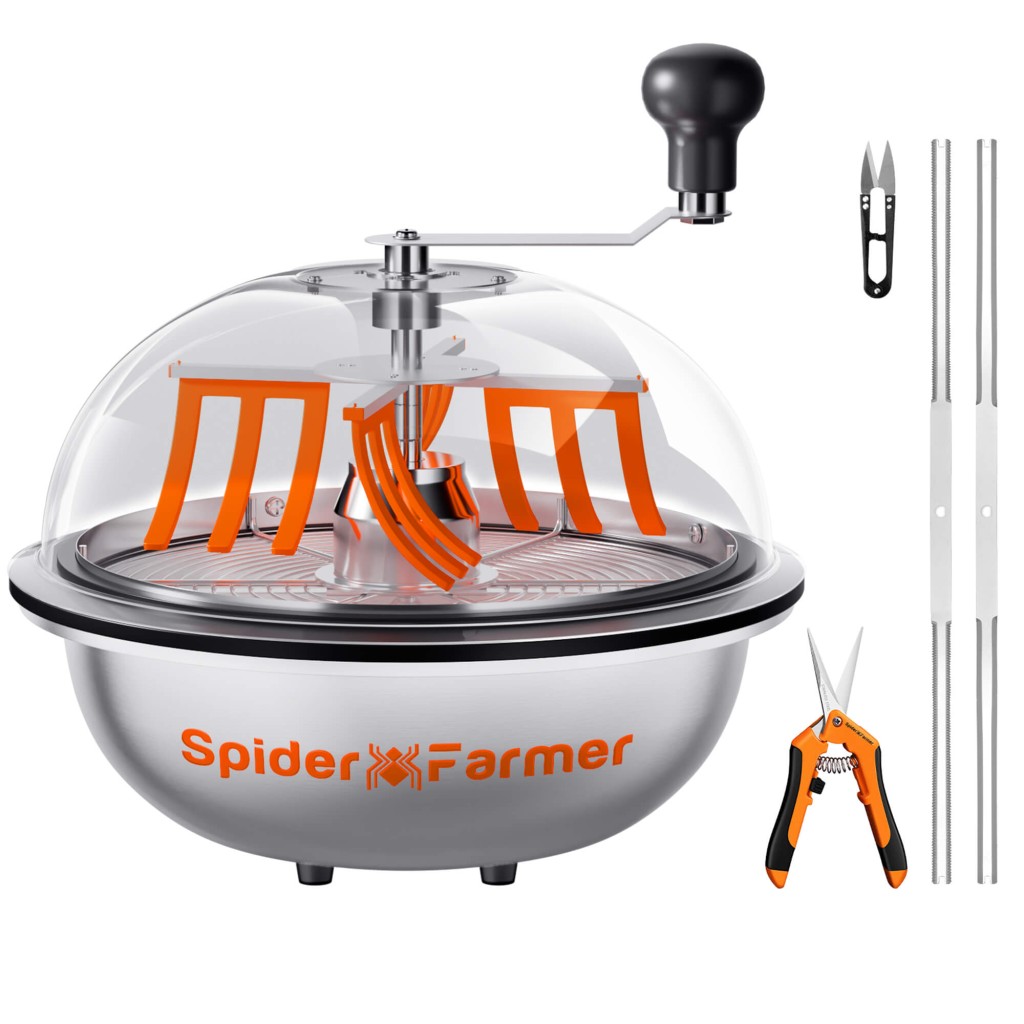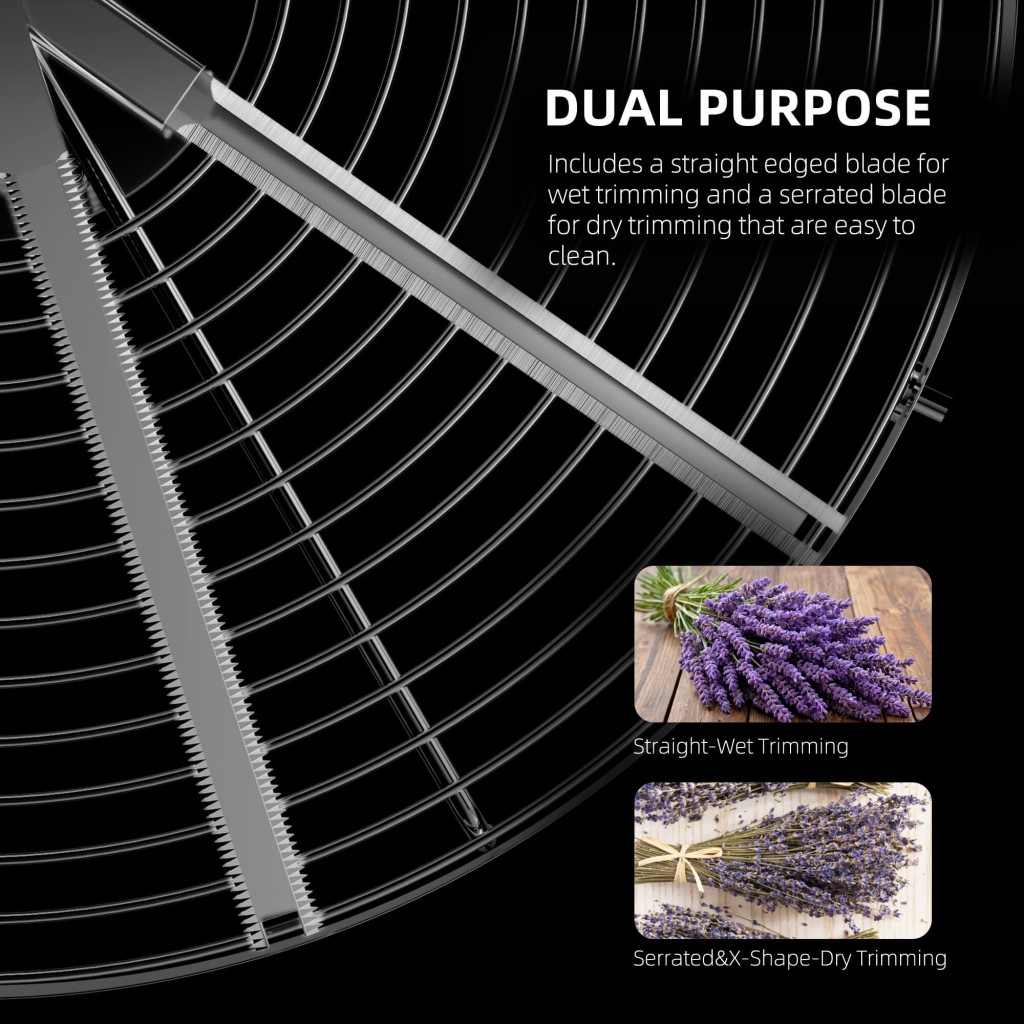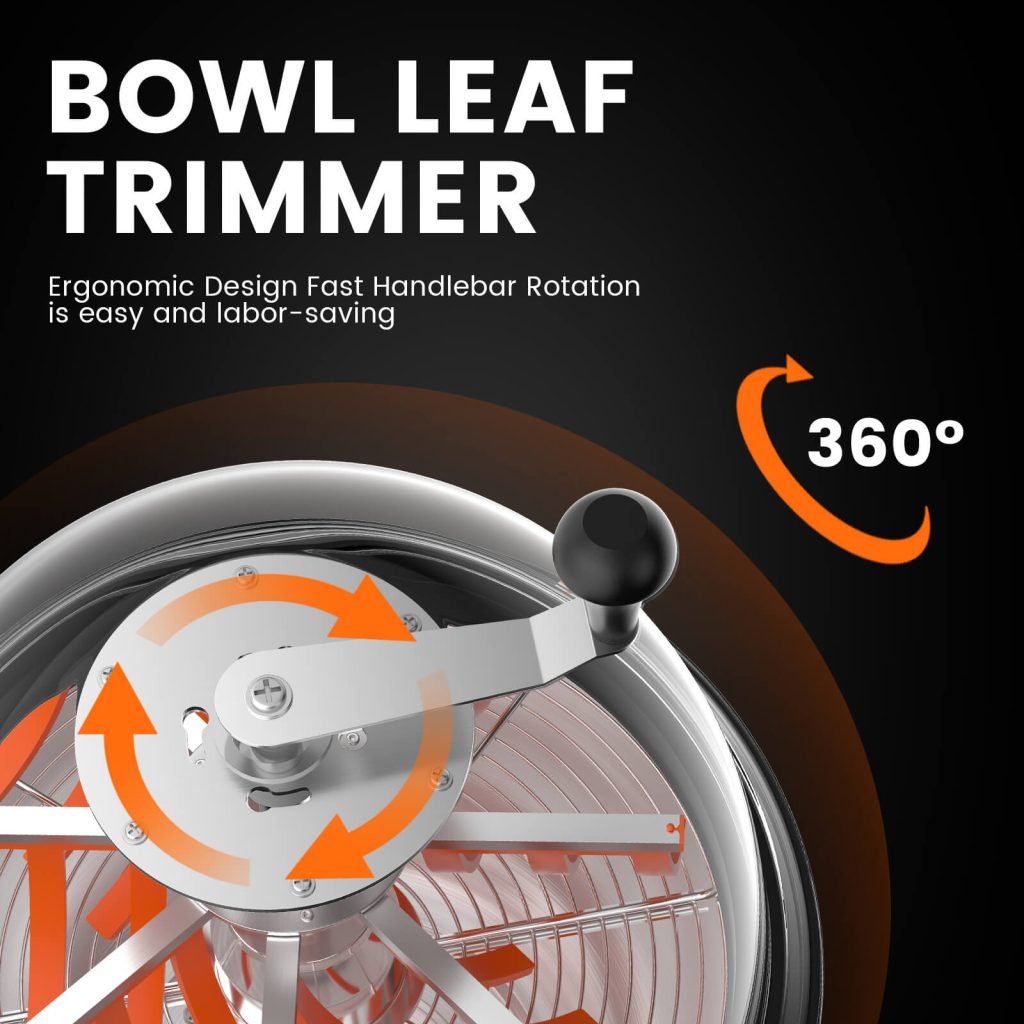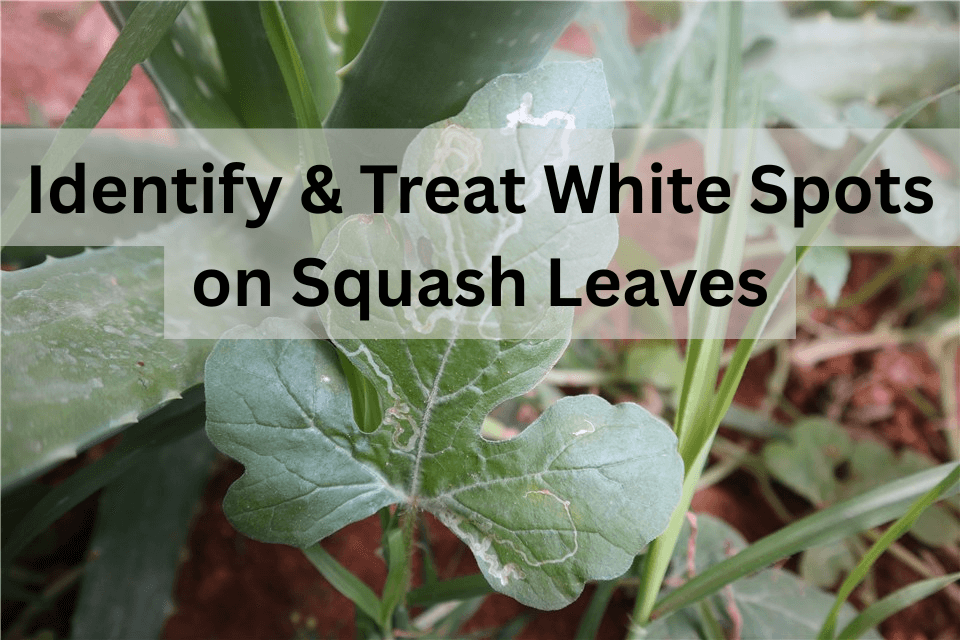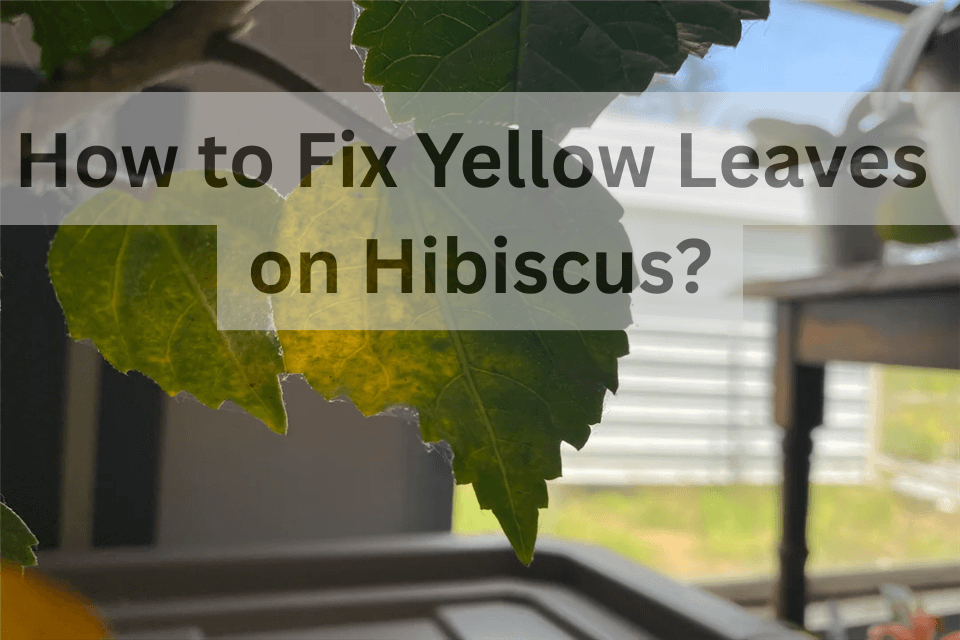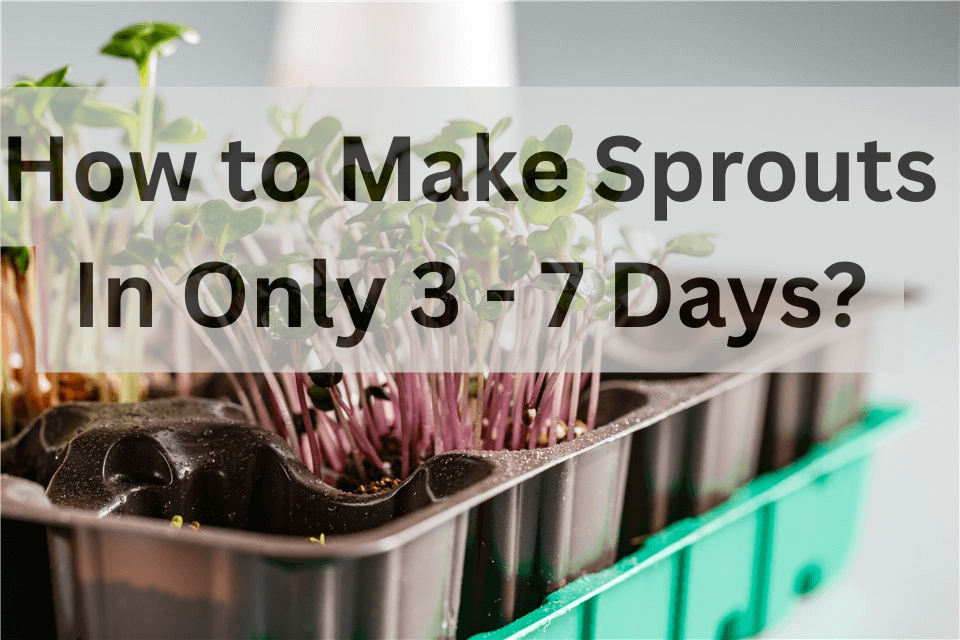After growing basil, it’s worth drying basil. This is especially useful for people who want to preserve their fresh, aromatic flavor. The dried basil can retain much of its flavor and aroma, which makes it a versatile ingredient in various dishes.
In this guide, we’ll offer you the most complete guide to dry basil without it turning brown. From drying fresh basil in the sun to using a dehydrator, each method has its advantages.
By the end of the article, we’ll also answer several questions about dried basil. Hopefully, you can acquire the knowledge to choose the best drying method and enjoy the rich, aromatic flavor of dried basil in your cooking.
Table of Contents
Is It Better to Dry or Freeze Basil?
Before learning how to dry basil, you may ask whether it’s better to dry or freeze basil. The answer is simple. Each method has its specific advantages, and you should choose the one based on your needs.
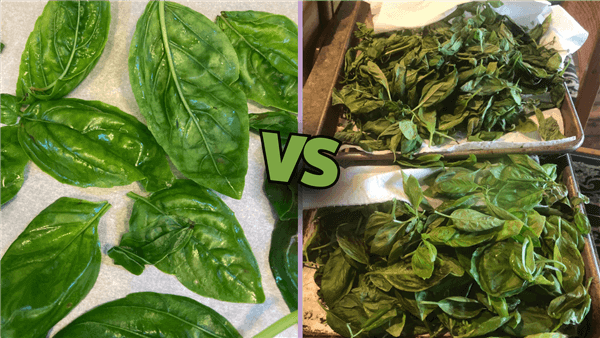
Is It Better to Dry or Freeze Basil?
On one hand, drying herbs like basil preserves their flavor and aroma well. This is ideal when you’re seeking long-term storage and use in cooking. When you store dried basil properly in airtight containers in a cool, dark place, you can preserve it for several months to a year. However, the drying method can also result in a slightly less intense flavor compared to the fresh one.
On the other hand, freezing basil will retain more of its fresh flavor and color. You can take this measure when you require fresh basil in your recipes. To freeze basil, you should chop it and place it in ice cube trays with a bit of water or oil. And then you need to transfer the frozen cubes to a freezer bag. Frozen basil can last for several months and is particularly useful for adding to soups, sauces, and pesto.
Overall, if you need basil for long-term storage and don't mind a slight reduction in flavor intensity, you can dry basil. If you want to preserve the fresh flavor and plan to use the basil within a few months, freezing is a better option.
How to Dry Fresh Basil?
Like many people do, you may attempt to preserve the vibrant flavor and aroma of fresh basil by drying the fresh ones. Luckily, there are several methods to choose from. From the traditional and natural approach of hanging basil to dry, to the quick and efficient methods of using an oven, microwave, or dehydrator, you can select the technique that best suits your needs and resources.
How to Dry Fresh Basil Naturally?
It’s a traditional and natural way of drying fresh basil by hanging. As one of the most eco-friendly and cost-effective methods, it requires minimal equipment and energy. To dry basil by hanging, you can take advantage of the air or the sun.
Dry fresh basil in the sun
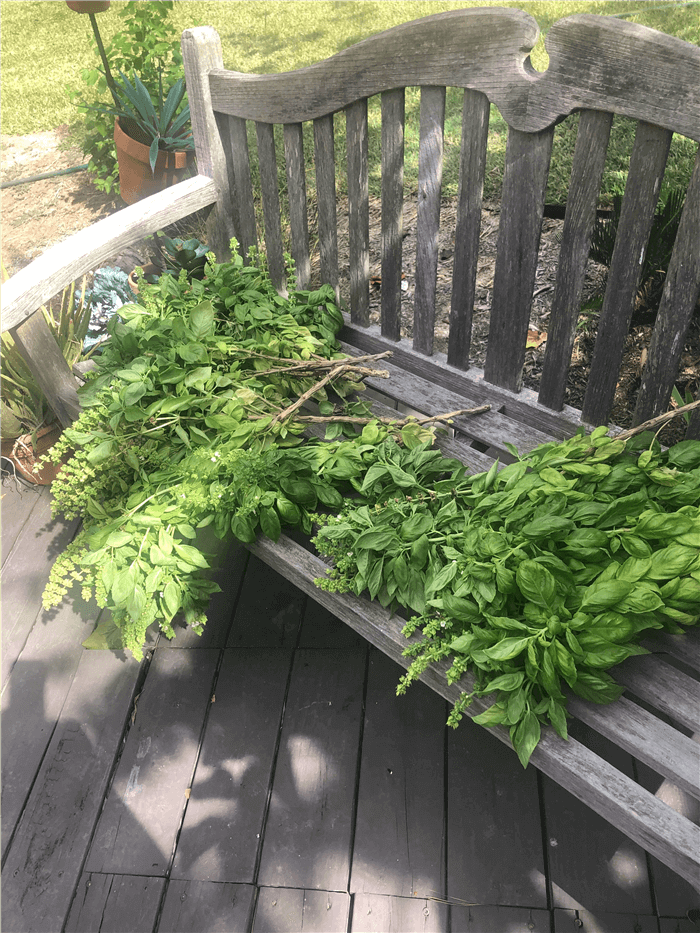
Dry Fresh Basil in the Sun
- Use the Leaf Bowl Trimmer to remove leaves from the stems and spread them in a single layer on a clean, dry surface like a baking sheet lined with parchment paper or a mesh screen.
- Place the leaves in a sunny spot with good air circulation. If the environment is dry, you can use a plant humidifier to increase the humidity.
- Monitor the leaves periodically. It may take a few hours to a couple of days to dry the basil. This depends on the weather and humidity.
- The leaves should be completely dry and brittle when ready.
- Once dried, crumble the leaves and store them in airtight containers in a cool, dark place to preserve their flavor and aroma.
Bundle Sale | 2-in-1 Trim and Grind Kit | 16 inch Bud Leaf Bowl Trimmer+3-Inch Spice and Herb Grinder
In stock
Pre Order | Spider Farmer 13 inch Bud Leaf Bowl Trimmer
In stock

Spider Farmer 16 inch Bud Leaf Bowl Trimmer
In stock
Dry fresh basil by air
You can dry basil by hanging it. This is another simple and effective way to preserve its flavor and aroma for future use. This traditional method leverages the natural air circulation to gently dry the herb, ensuring that its essential oils are retained.
- Choose fresh basil with no signs of wilting or yellowing.
- Remove the leaves from the stems. Again, you can use the Leaf Bowl Trimmer to get rid of the unwanted parts.
- Bundle the basil stems together in small bunches, securing them with kitchen twine or string. Make sure the bundles are not too thick to allow for airflow.
- Hang the basil in a warm, dry, and well-ventilated area. You can choose a pantry, a cupboard, or a shaded porch. Avoid direct sunlight or heat sources, as these can cause the basil to lose its flavor and aroma.
- Check the basil every few days, ensuring it’s drying evenly and not developing any mold or powdery mildew.
How to Dry Basil in the Oven?
Compared with dry fresh basil naturally, it will take less time to dry basil in the oven. The controlled environment of the oven ensures that the basil dries uniformly, preserving its essential oils and flavors without the risk of mold or mildew that can occur in humid conditions. Besides, it’s suitable for people who work on a large quantity of basil at once.
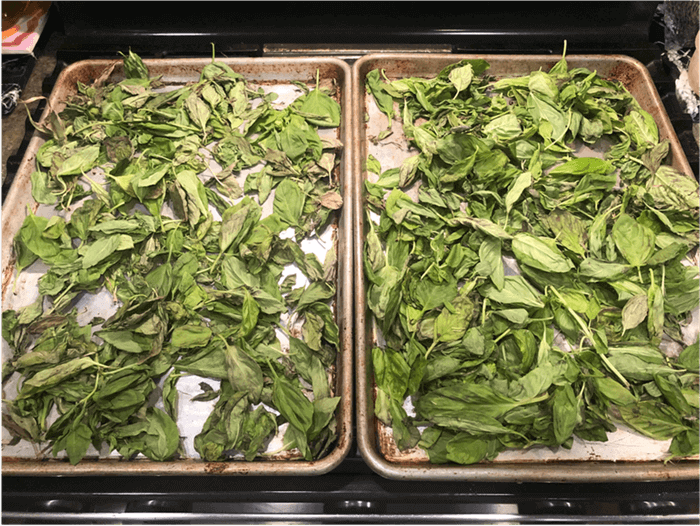
Dry Fresh Basil in the Oven
- Preheat your oven to its lowest setting, typically around 100°F to 200°F (38°C to 93°C).
- Gently wash the basil leaves, remove any dirt or debris, and then pat them dry with a paper towel to remove excess moisture.
- Place the basil leaves in a single layer on a baking sheet lined with parchment paper. Ensure the leaves do not overlap to allow for even drying.
- Place the baking sheet in the preheated oven. Leave the oven door slightly ajar to allow moisture to escape. This helps prevent the basil from getting too hot and losing its flavor.
- Check the basil every 30 minutes to an hour. Usually, it’ll take 1 to 2 hours to dry basil in the oven. When it’s ready, the basil leaves should be completely dry and brittle.
- Let the dried basil cool down. Crumble the dried basil leaves into small pieces and store them in an airtight container in a cool, dark place to preserve their flavor and aroma.
How to Dry Basil in a Microwave?
In contrast, it takes less time to dry basil in a microwave than in an oven. Often, it only takes a few minutes rather than several hours. While it’s convenient and fast, it can sometimes result in less even drying and may not preserve the basil’s flavor as effectively as oven drying. Additionally, you need to pay more attention to prevent burning when drying in a microwave. This is because the basil leaves can quickly become very dry in the microwave.
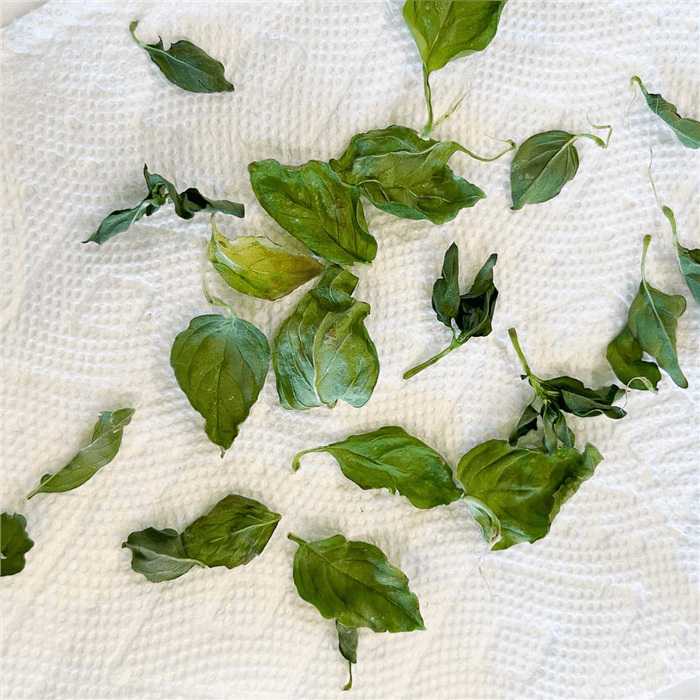
Dry Fresh Basil in Microwave
- Select fresh basil leaves and wash them in cool water.
- Dry the basil thoroughly with a paper towel or a clean kitchen towel.
- Remove the leaves from the stems and arrange the basil leaves in a single layer on a microwave-safe plate or paper towel.
- Place the plate with the basil leaves in the microwave. Set the microwave to low power or the “defrost” setting to ensure gentle drying. Microwave the basil leaves for 1 minute at a time, checking their progress after each interval. Turn the basil leaves over to ensure even drying.
- Continue microwaving the leaves in 30-second to 1-minute intervals until they become completely dry and crisp. Once the basil leaves are dry, remove them from the microwave and allow them to cool completely.
How to Dry Basil in a Dehydrator?
Dehydrators are designed to dry food in a controlled environment. It can supply consistent airflow and temperature, typically around 95°F to 115°F (35°C to 46°C). This method takes longer, usually 2 to 4 hours, but it ensures even drying and better retention of the basil’s essential oils and flavors.
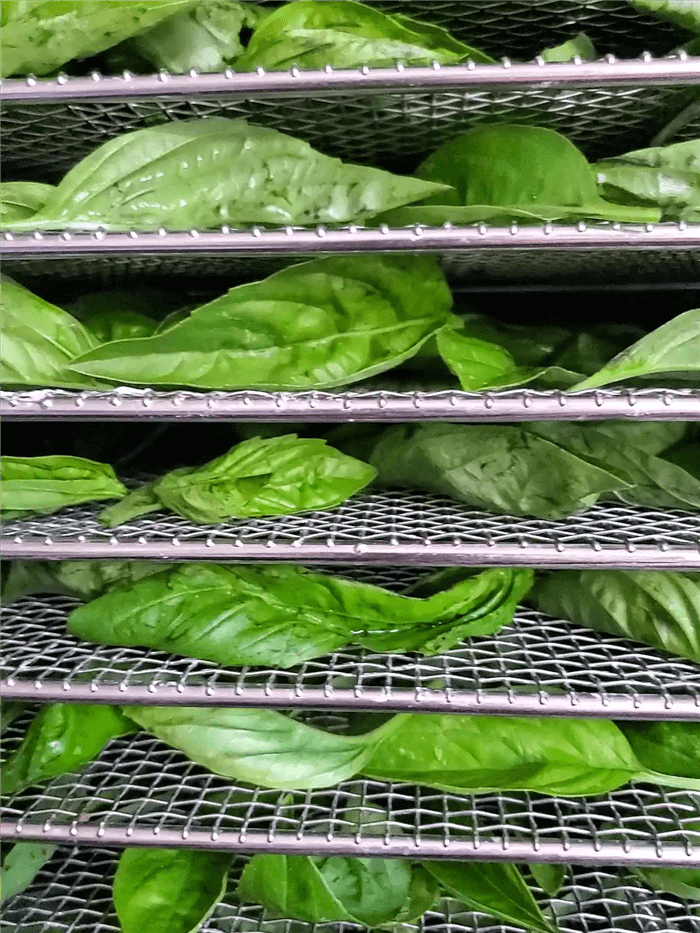
Dry Basil in a Dehydrator
- Rinse fresh basil leaves gently and pat them dry.
- Set the dehydrator to the herb setting or around 95°F to 115°F (35°C to 46°C).
- Remove leaves from stems and place them in a single layer on the dehydrator trays, ensuring no overlap.
- Place trays in the dehydrator and dry for 2 to 4 hours, checking periodically for even drying.
- Once dry and brittle, crumble the leaves and store in an airtight container in a cool, dark place.
FAQs About Drying Herbs Basil
By the end of the post, we’ll answer several FAQs about drying basil.
Can dry basil be substituted for fresh basil?
Yes, dried basil can be substituted for fresh basil in most recipes, but it’s important to adjust the quantities since dried herbs are more concentrated. Generally, you can use about one-third of the dried basil as you would fresh. For example, if a recipe calls for 1 tablespoon of fresh basil, you can substitute about 1 teaspoon of dried basil. Keep in mind that dried basil may have a slightly different flavor profile compared to fresh, so it’s best to add it early in the cooking process to allow the flavors to meld.
What is the ratio of dried basil to fresh basil?
The ratio of dried basil to fresh basil is typically 1:3. For every 1 tablespoon of fresh basil, you can use 1 teaspoon of dried basil. Fresh basil has a more vibrant and slightly milder flavor compared to dried basil, which is more concentrated. Therefore, when substituting dried basil for fresh in a recipe, you need to use less dried basil to achieve a similar flavor intensity. This ratio ensures that the dried basil won't overpower the dish while still providing the desired basil flavor.
Conclusion
In conclusion, it’s simple to dry and preserve basil at your fingertips. Whether you use air drying or a dehydrator, you can capture the essence of fresh basil. Afterward, you can store the dried basil in an airtight container in a cool, dark place to maintain its quality. With these techniques, you can enjoy the taste of summer basil long after the growing season has ended.


